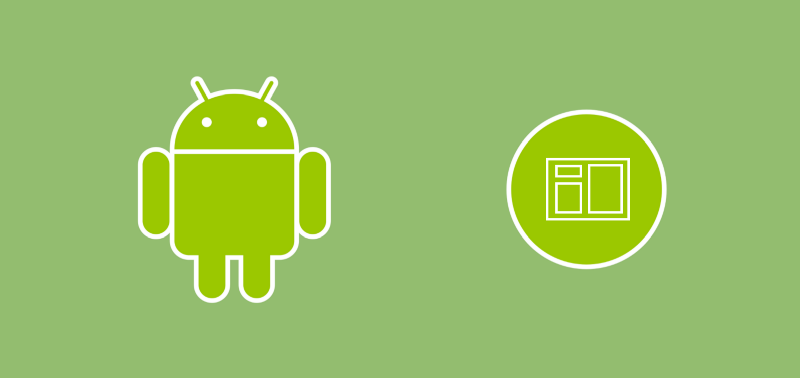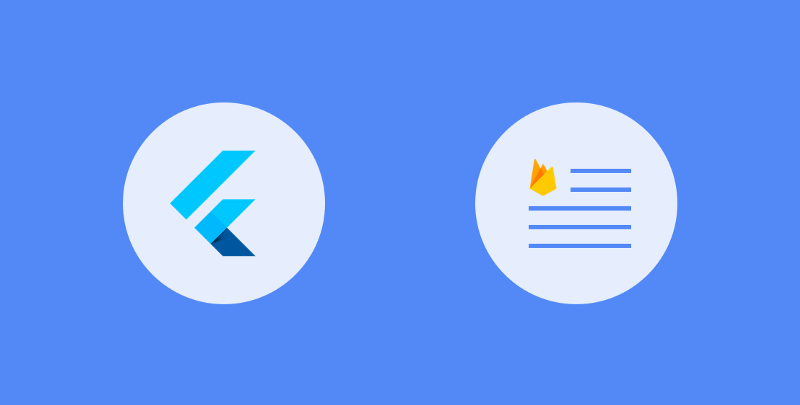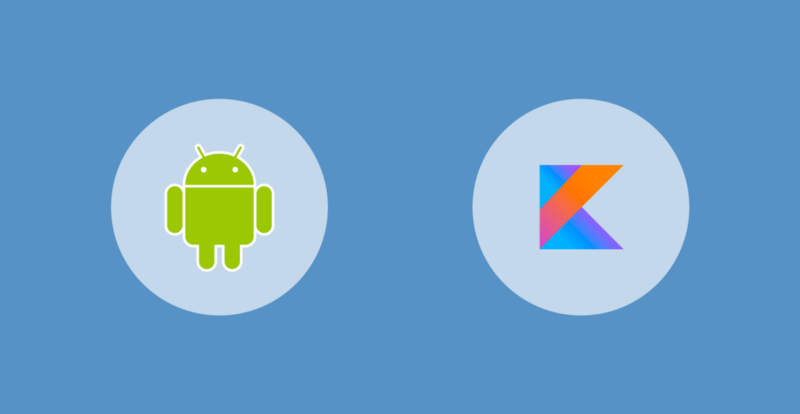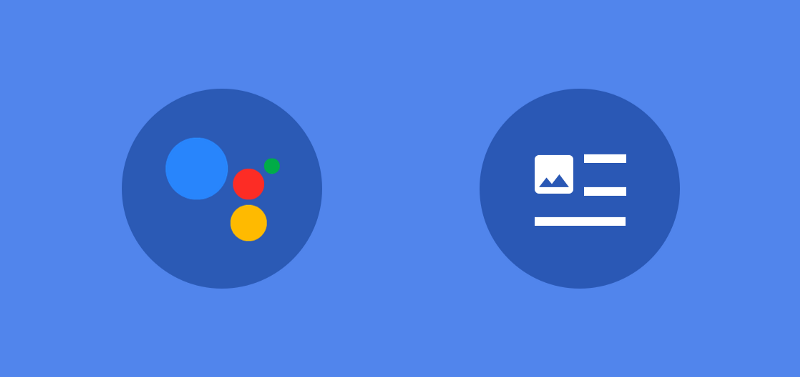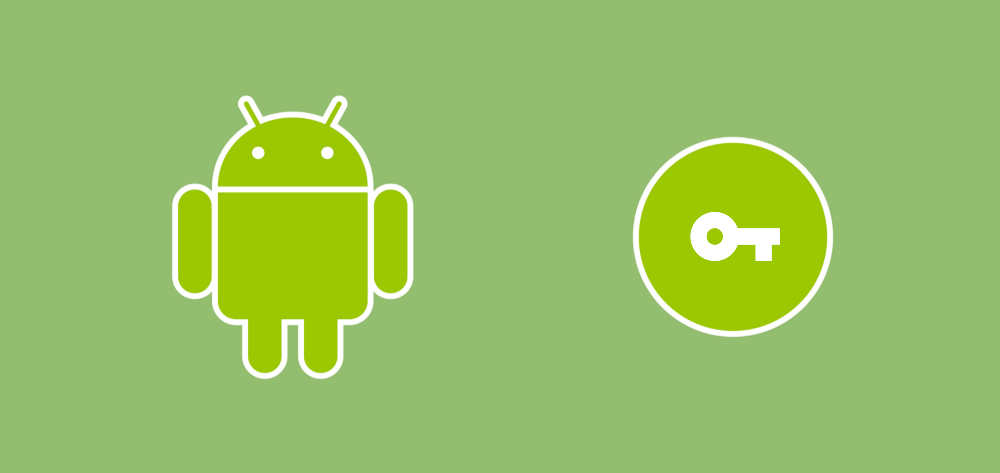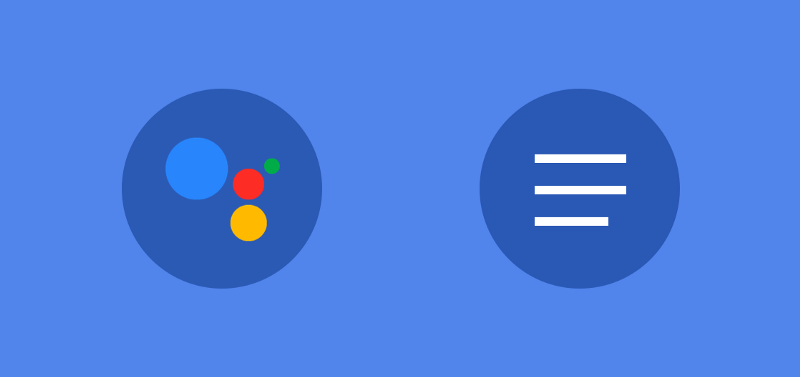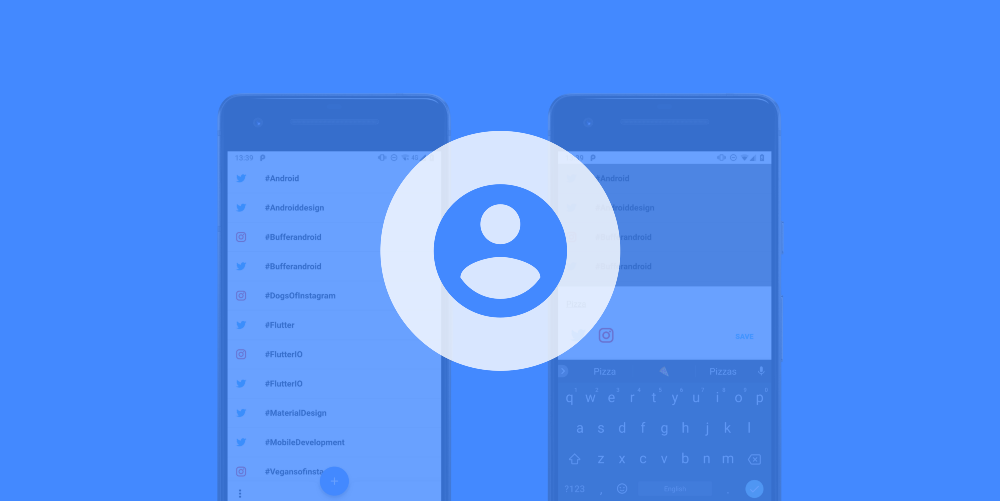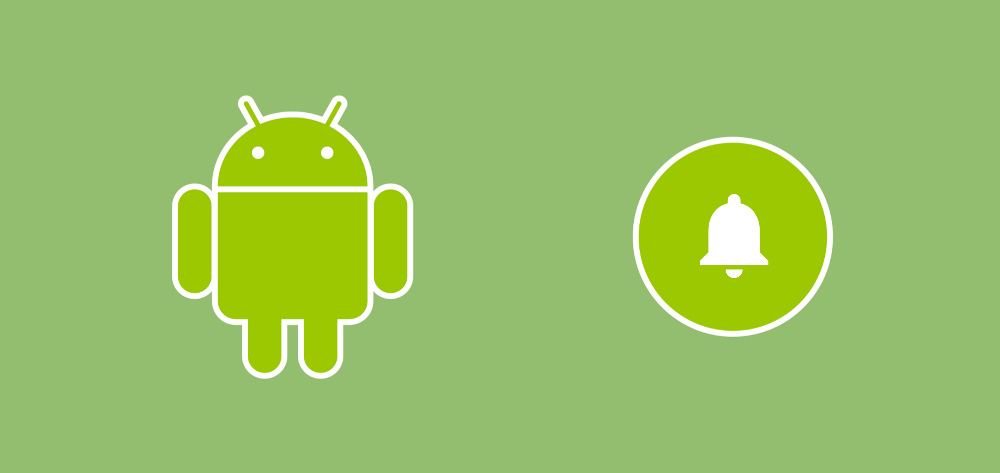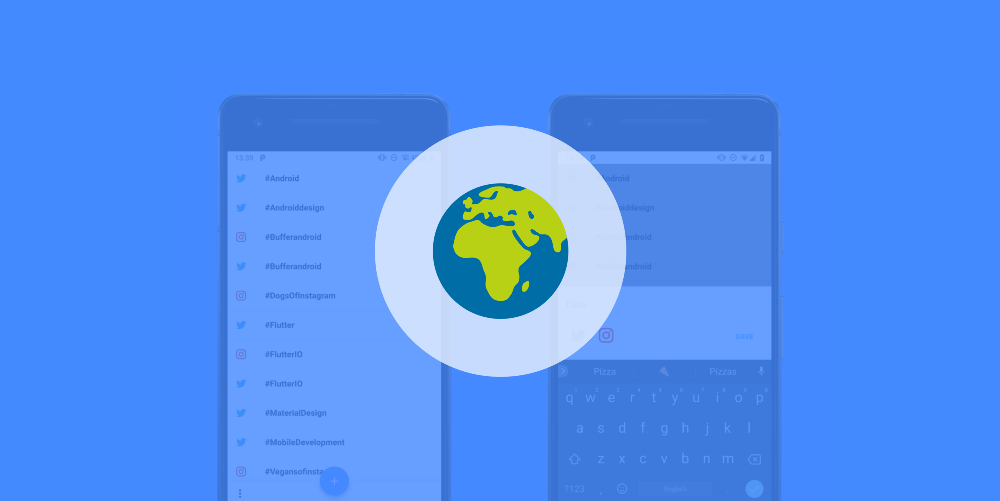I’m always curious about what tools and features are coming up next in android — and to be sure I don’t miss out on any of this I like to keep an eye on release notes over on the android developer site. Two that caught my eye recently where the fragment-1.1.0-alpha01 and fragment-testing-1.1.0-alpha01 releases, within the testing… Continue reading
Loading data from Firestore with Flutter
In a recent side-project of mine I needed to perform some simple loading of data from an external data source. This was all data that I had collated myself so I decided to manually load it up into Firestore — in this post we’re going to quickly take a look at how we can hook up our… Continue reading
Android Networking with Coroutines and Retrofit
Recently I’ve been reading up on, watching talks on and been generally getting more curious about Kotlin coroutines. Now that they are stable with the release of Kotlin 1.3 it felt like about time to start diving in an play with converting my existing RxJava code over to using coroutines. In this post, we’re going… Continue reading
Exploring Actions on Google Responses: Basic Card
When sending responses from our Actions on Google conversational tools, there are a number of different ways in which we can present content to our users. In this post we’re going to look at adding responses to our conversations using the Basic Card. When building responses for our conversation tools we have the ability to… Continue reading
Exploring Google Play App Signing
When distributing our Android Applications we’ve always been required to sign our APK using a keystore for our application — this has allowed us to ensure that only the developer(s) of our app are able to upload updated APKs to the play console. However, because this keystore acts as a fingerprint to the lifecycle of our application — if… Continue reading
Exploring Actions on Google Responses: Simple Response
When sending responses from our Actions on Google conversational tools, there are a number of different ways in which we can present content to our users. In this post we’re going to look at adding responses to our conversations using the Simple Response. When building responses for our conversation tools we have the ability to… Continue reading
An introduction to UI Testing on iOS
I’ve always been a big fan of UI testing where appropriate, we can use it to automate the validation of visual components in our applications which allows us to reduce bugs, regressions and confusing behaviour within our applications — all helping us to save time from manually checking the behaviour and display of our view components. In… Continue reading
Building HashTrack with Flutter: Authentication logic
If you haven’t check out the previous post in these series, then you can do so here: Building HashTrack with Flutter: Intro and setup Building HashTrack with Flutter: Main class and Localization setup You can also find the code for this guide here: Now that we have the foundations of our application built, we’re going… Continue reading
Exploring Android P: Enhanced Notifications
With Android P now out in the wild, there are a bunch of new features and APIs which have become available for us to make use of in our applications. Some of these new features fall under the notification APIs, allowing us to create more contextual and detailed notifications for our applications. In this post,… Continue reading
Building HashTrack with Flutter: Main class and Localization setup
If you haven’t check out the previous post in these series, then you can do so here: Building HashTrack with Flutter: Intro and setup You can also find the code for this guide here: Now that our project is setup, we’re ready to go ahead and start building our application. In this post we’re going… Continue reading
